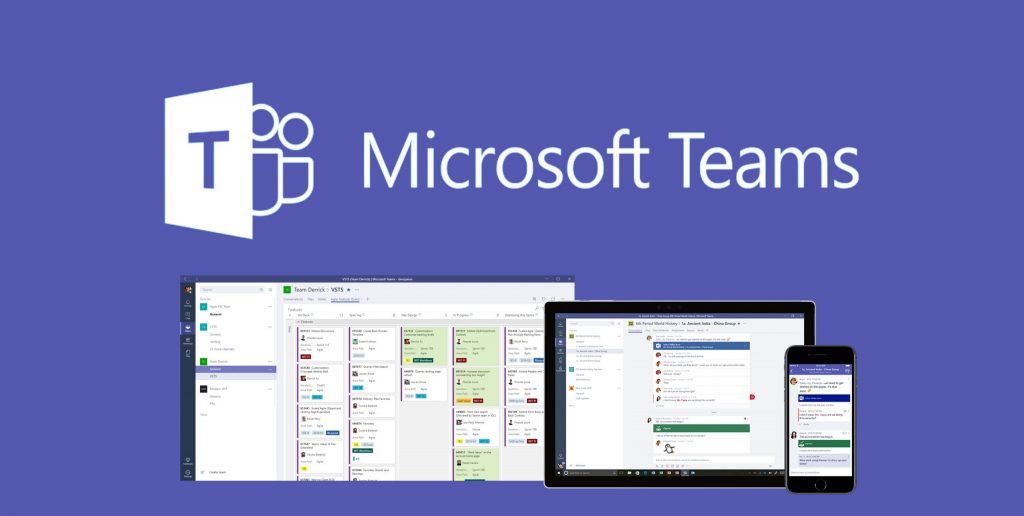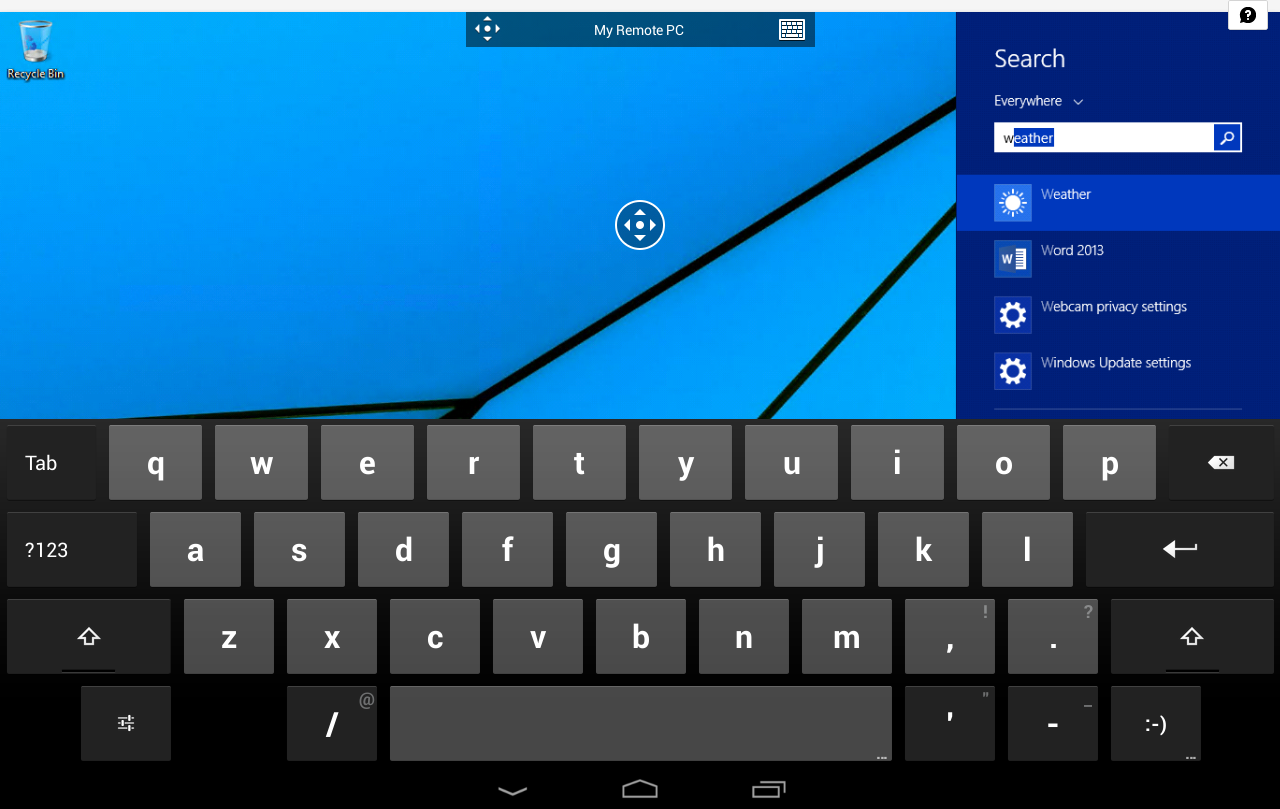I'm experiencing wonky behavior using a Mac to remote into a Windows 7 PC using Microsoft's Remote Desktop app for the Mac, and using a Magic Trackpad 2 as my primary input device. The problems arise primarily when scrolling in various applications in Windows. Microsoft Remote Desktop version 2.1.0 Troubleshooting - 1) Access same destination server from Windows desktop sitting in same LAN has better performances. ( 8 out of 10, whereas iMac is 4 out of 10). 2) Killed all other background processes on iMac desktop like firefox, MS office, Safari etc. Is there any reason that VNC is very slow on my network (using Tight compression, 256 colors, high JPEG compression, etc. basically all the fast settings) compared to Microsoft's Remote Desktop Connection? I have my MacBook Pro 2.4 GHz running Vine Server (used to be osXvnc), and I access. Remote Desktop - Same Microsoft Account on both PCs. Mac Microsoft Remote Desktop App 10- Remote Feed issue no workspace is associated with this url. IOS RDC not recognising mouse (pointer is not moving with mouse) when on iPadOS same mouse is recognised.
- Microsoft Remote Desktop Mac Os
- Microsoft Remote Desktop Mac Slow Down Free
- Microsoft Remote Desktop For Mac
I am running a Windows 2012 R2 servers on a VMware ESXi environment ( 6.5.0 Update 1 (Build 5969303 ) . I experience an extreme poor performance on the Windows 2012R2 server when connection with any RDP-client ( Windows and Mac )

The hardware shouldn’t be an issue.
- the server does not have a high overall load
- there is no high CPU load
- there is enough RAM
- there is no high I/O
This is what I did to solve the issue and get back to fast RDP-performance.
1. Finetune “Remote Desktop Services” in Group Policy
Open Group Policy Editor ( Start -> Run -> gpedit.msc )
Goto Computer Config > Windows Settings > Administrative Templates > Windows Components > Remote Desktop Services > Remote Desktop Session Host > Connections > Select RDP transport protocol = Use only TCP
You can also set this on the client side by specifying:
Computer Config > Windows Settings > Admin Templates > Windows Components > Remote Desktop Services > Remote Desktop Connection Client > Turn off UDP on Client = Enabled
2. Disable “DisableTaskOffload” in the Registry
I also added below registry setting to improve performance.
Microsoft Remote Desktop Mac Os
A little explanation of TCP Offloading:
“TCP offload engine is a function used in network interface cards (NIC) to offload processing of the entire TCP/IP stack to the network controller. By moving some or all of the processing to dedicated hardware, a TCP offload engine frees the system’s main CPU for other tasks. However, TCP offloading has been known to cause some issues, and disabling it can help avoid these issues.”
Microsoft Remote Desktop Mac Slow Down Free
- Open RegEdit on the Windows Server machine.
- Navigate to this registry key in the tree on the left: HKEY_LOCAL_MACHINESYSTEMCurrentControlSetServicesTcpipParameters
- Right-click on the right side, and add a new DWORD (32-bit) Value
- Set the value name to DisableTaskOffload and the value data to 1

Now Reconnect to the Server via RDP (to a new session) and your performance should be normal.
TheRemote Desktop Services
Microsoft’s Remote Desktop Servicesare widely used by companies to let users use applications inside a serverfarm.
Typically the reasons to use RemoteDesktop are:
- Standardized environment and configuration
- Easy maintenance during application version upgrades
- Lower resource usage on the clients
- Better bandwidth usage in case of a slow connection orhigh latency
- Seamless integration with the option to push individualapplications to the clients
Client-sideLimits
The connection to a Remote Desktopfarm uses a proprietary Microsoft protocol (RDP).
All the Windows clients by default havethe RDP client pre-installed, but on non-Windows clients some troubles canarise.
Mac OS and Android clients can use aMicrosoft App.
For Linux clients, some free RDPclients exist, but almost all of them have trouble now during the initial connection due to the RDPprotocol security requirements implemented by Microsoft due to the CredSSP vulnerability.
RemoteDesktop Web Client: The Unknown Feature

Since the release of Windows Server2016, Microsoft has developed a Remote Desktop Services add-on: the RemoteDesktop Web Client.
This add-on can be installed over anexisting Remote Desktop farm and lets users access the organization’s RemoteDesktop infrastructure through a compatible web browser. They can then interactwith remote apps or desktops just like they would with a local PC, no matterwhere they are. Once you’ve set up your Remote Desktop web client, all that yourusers need to get started is the URL to access the client, their credentials,and a supported web browser.
No more RDP clients are required:just a modern HTML5 web browser.
Of course there are still somelimitations, but in most contexts they have a low impact:
- Printing is redirected to a Remote Desktop VirtualPrinter which generates a PDF file.
This PDF file can then be downloaded and printed locally on the client. - The web client currently only supports copying andpasting of text.
In any event, the web client is justan add-on, and doesn’t replace the old connection model.
TheWeb Client User Interface
This is an example of the login pageon Mac OSX Catalina with the Safari web browser:
After the login, this is an exampleof a published Remote Desktop:
Howto Monitor It?
As with the old-style Remote Desktop,the Web Client should also be monitored client-side with an Alyvix agent.
This is the only way to simulate useroperations: the Alyvix product is designed for this job. It can repeat thesetasks continuously, building up metrics based on common user RDS tasks.
For further details, see my previous Blogs about RDP monitoring.
Alessandro Romboli


Latest posts by Alessandro Romboli
See AllRelated Content
Tags: monitoring, Remote Desktop, Remote Desktop Web Client
Making Your Own Tutorials, Part 3: Using a Green Screen
In my last blog post we looked at practical suggestions for improving the tutorial videos you upload to YouTube, focusing on tips for audio recording, video recording and editing, writing the script, and uploading them. Now suppose you want to Read MoreMonitoring Certificate Expiration with the x509 Module
Now, if you've followed my previous blogs about the x509 Module, you should have in place your x509 Certificates Asset with (or without) a minimum of cleanup routines. Now it's time to look at what Icinga was made for: monitoring. Read MoreMaking Your Own YouTube Tutorials, Part 2
In my previous post I described the kind of tasks, resources and software that we had to master in order to create YouTube IT tutorial videos like the 20 Alyvix videos we made in 2020. As we looked back to Read MoreMaking Your Own YouTube Tutorials, Part 1
In a recent blog post I described our new Alyvix YouTube channel that contains the 20 Alyvix tutorial videos we've created this year. Each video is a self-contained tutorial that showcases one aspect of how Alyvix can be used for Read MoreCleaning up Your Certificate Inventory
Microsoft Remote Desktop For Mac
Some of my customers make use of short-expiration SSL Certificates signed by Let's Encrypt or similar services. Our company also makes extensive use of this kind of certificate, and in the near future most (if not all) of your SSL Read More